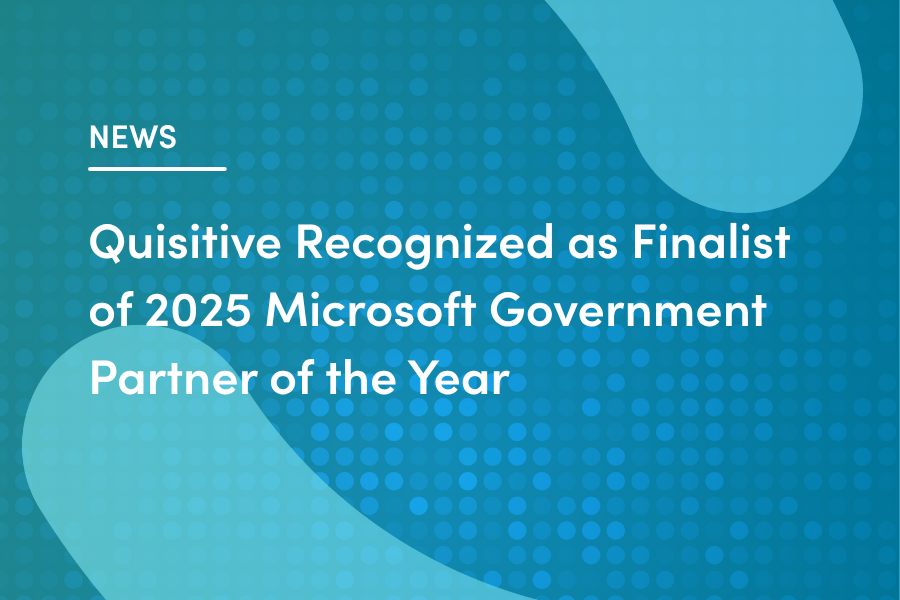The synopsis: Using Windows 10/8.1 Enterprise media, Windows Pro can be upgraded to Enterprise edition while keeping installed apps, personal files, and settings.
The story: I ran into an interesting scenario where I needed to run Windows 8.1 Enterprise. Pro just wouldn’t cut it because of the lack of support for BranchCache, DirectAccess, etc. Keep in mind that I’m specifically referring to a technical solution and NOT a licensing solution to this challenge. A valid license is still required. After digging around the web I found 3 primary resources for the conversion or upgrade.
Change Windows 8 Pro to Enterprise
The TechNet forum thread (https://social.technet.microsoft.com/Forums/windows/en-US/305ac35b-9a14-4244-8e95-dd0b0c23b70a/change-windows-8-pro-to-enterprise?forum=w8itprogeneral) goes though a transformation part way down as new information became available. There is also confusion by focusing on by licensing and technical aspects. For the moment, ignore the thread. After reading this post to the end, come back to the forum thread and re-read it with more/updated facts in mind.
Change the Windows Image to a Higher Edition Using DISM
The TechNet article (https://technet.microsoft.com/en-us/library/hh825049.aspx) applies to Windows 8/8.1 and Windows Server 2012/2012 R2.
Using the command below you can see what Editions of Windows the running computer can upgrade to. You can then, theoretically, use another command to change the Edition.
| 12 | DISM /online /Get-TargetEditionsDISM /online /Set-TargetEdition:<edition name> |
This sounds great and may actually work in some scenarios, but not the one I needed.
Windows 8 and Windows 8.1 Upgrade Paths
The TechNet article (https://technet.microsoft.com/en-us/library/jj203353.aspx) applies to Windows 8/8.1.
Using media (ISO, USB drive) Windows 8/8.1 Pro can be upgraded to Windows 8/8.1 Enterprise, but the language is misleading.
Windows 8 (non-pro) can be upgraded to Windows 8.1 and you can keep Windows settings, personal files, and applications.
Windows 8/8.1 (non-pro) and Windows 8 Pro/Pro with Media Center can be upgraded to Windows 8.1 Pro and you can keep Windows settings, personal files, and applications.
Interestingly, the Pro to Enterprise section does not mention anything about keeping any settings, files, or apps. The next section makes a note about not keeping settings, files and apps during a cross-language installation, then a table follows that shows several scenarios and what you can/can not keep. Pro to Enterprise is not listed in the table. Thus the implication is that during a Pro to Enterprise upgrade, you can’t keep any existing data or customizations.
As it turns out, this is just a lack of specificity in the article. Upgrading Windows 8.1 Pro to Windows 8.1 Enterprise does give the option to keep settings, files, and apps… and it works.
Do remember, that this is an OS upgrade… the existing installation of Windows is moved to the Windows.old folder and a new installation of Windows is created. Ensure you have a good 5+ GB of free space on the system drive (Drive C).
Windows 8.1 Pro upgrade to Enterprise.
Windows 8.1 Pro installed using the sample GVLK KMS key. DISM shows that the only Edition which can be upgraded to is Pro with Media Center.
I installed a Windows App (Adobe Photoshop Express), 7-zip, created a WordPad document, and set Bing.com as my home page.
Running Windows Setup from a Windows 8.1 Enterprise ISO.
I get to keep my settings, personal files, and apps!
After a few reboots and logging in as my original admin account, we see that Windows is now Enterprise edition and there are no TargetEditions available. The upgradation (yes, that is a real word) is complete!
We also see that the customizations I made were retained.
Lastly wee see the old Windows installation was backed up (renamed).
Success!
What about Windows 10
I haven’t duplicated the effort for Windows 10 yet, but I’m confident the same scenario is in play.
I can say that DISM will not change the edition of an online image (a running Windows computer).
However, the Windows Store can do that for at least some upgrade scenarios, although I’m 99.9% sure Enterprise edition will NOT work this way.
Happy upgrading!

;)



